Georgia Heart Institute is the comprehensive, multidisciplinary heart and vascular program of Northeast Georgia Health System (NGHS). Georgia Heart Institute offers 14 locations across the Northeast Georgia region. Between our 4 Northeast Georgia Medical Center (NGMC) campuses—NGMC Gainesville, NGMC Braselton, NGMC Barrow, and NGMC Lumpkin—there are over 700 beds and 1200 medical staff.
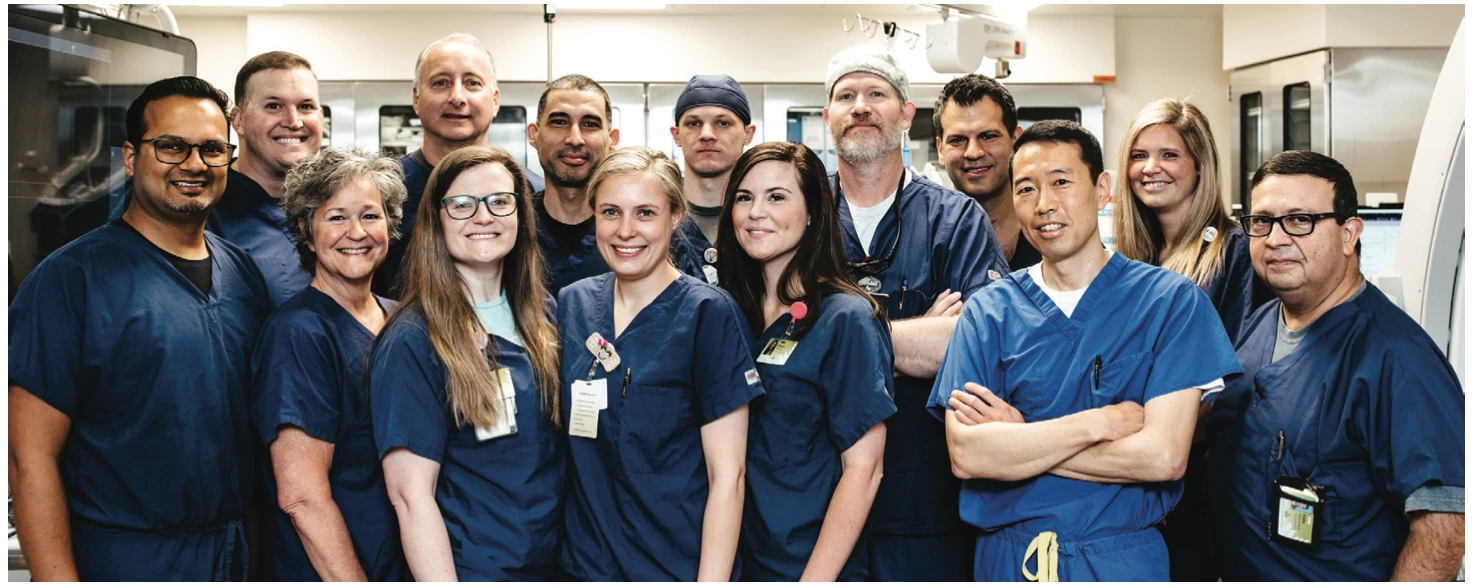
When was the electrophysiology (EP) program started at your institution, and by whom?
The EP program at NGMC Gainesville was started in April 2004 by Karthik Ramaswamy, MD.
What is the size of your EP lab facility? Where is the EP lab in relation to the catheterization department?
There are EP labs at NGMC Gainesville and NGMC Braselton. In the 2 labs at NGMC Gainesville, we perform ablations and device implants; in the EP lab at NGMC Braselton, we perform right-sided ablations and device implants. At both locations, our cath and EP labs are separate but located next to each other on the same floor. Additionally, we have 1 hybrid room near the operating room at NGMC Gainesville that is used for lead extractions.
What is the number of staff members and mix of credentials in your lab? Describe your lab staffing and structure.
Currently, there are 12 full-time EP staff members. Our staff includes critical care nurses, paramedics, radiation technicians (RTs), and registered and certified respiratory therapists (CRTs). In addition to our 4 electrophysiologists, we have 3 nurse practitioners and 1 physician assistant.
Our lab structure consists of 3 staff members in a room: the monitoring tech, circulating registered nurse (RN), and scrub tech. We have contracted with our anesthesia service to cover all EP cases, which are primarily done under either monitored anesthesia care or general anesthesia.
What types of procedures are performed at your facility? What types of complex ablations are performed?
We are a full-service EP lab that performs a wide range of EP procedures, including complex ablations, device implants, and lead extraction. We perform complex ablation for the treatment of atrial fibrillation (AF), atypical and typical atrial flutter (AFL), premature ventricular contractions, and ventricular tachycardia. We also implant left atrial appendage (LAA) occlusion devices and all types of devices including subcutaneous implantable cardioverter-defibrillators (ICDs), biventricular pacing devices, leadless pacemakers, and His bundle and left bundle branch area pacing (LBBAP) leads to provide physiologic pacing therapy.
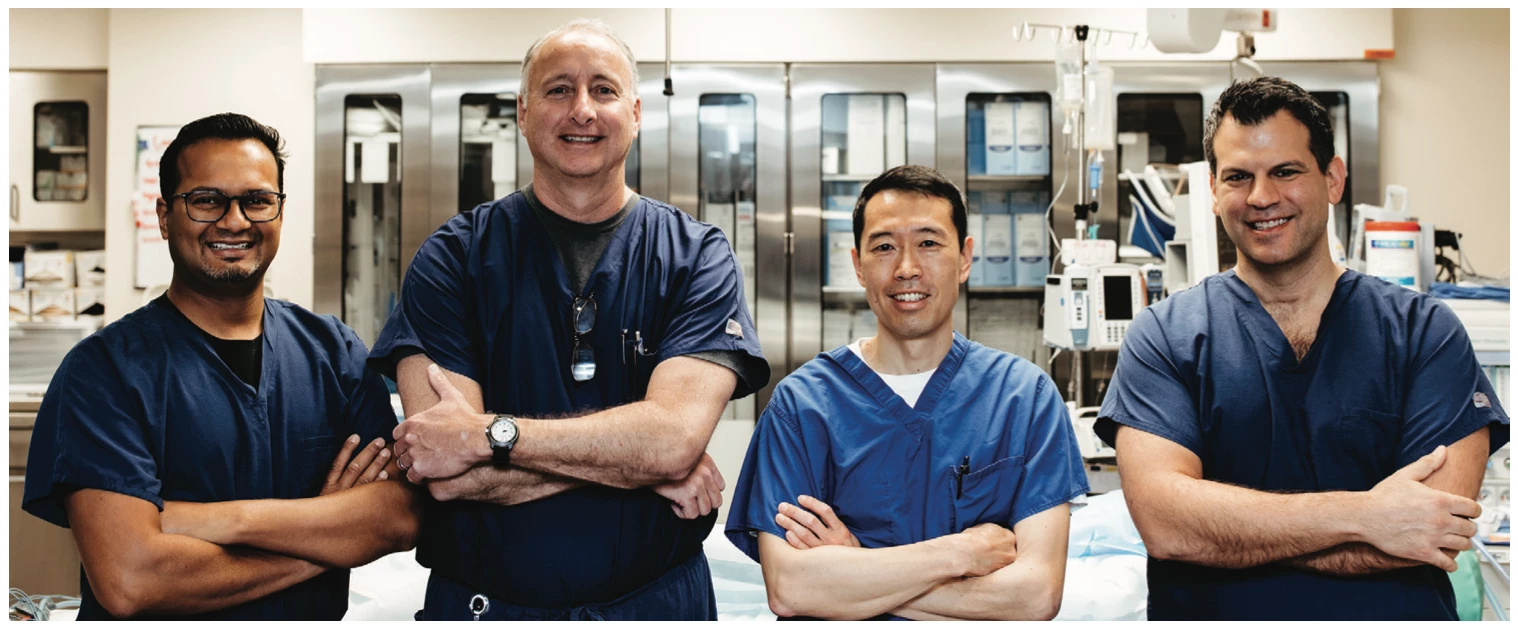
What would you consider to be the most frequent procedures performed or the most common arrhythmias seen?
The most common ablations we perform are for the treatment of AF and atypical/typical AFL. The most common device implants are for pacemakers. We have seen a significant increase in the implantation of His bundle and LBBAP leads to provide physiologic pacing.
In what ways has the COVID-19 pandemic impacted your hospital, EP lab, or practice?
COVID-19 has had a significant impact on our hospital and EP lab. Our region was hit hard by the pandemic with a record number of hospitalizations, leading to a staffing and hospital bed crisis. At the beginning of the pandemic, we stopped performing elective outpatient procedures and developed a strict protocol for treating COVID-19-positive patients in the hospital who required an EP procedure. As the initial wave subsided, we instituted a strict protocol for resuming outpatient procedures, which included COVID-19 testing and same-day discharge for many of our EP procedures. Since that time, our staff have also been fully vaccinated.
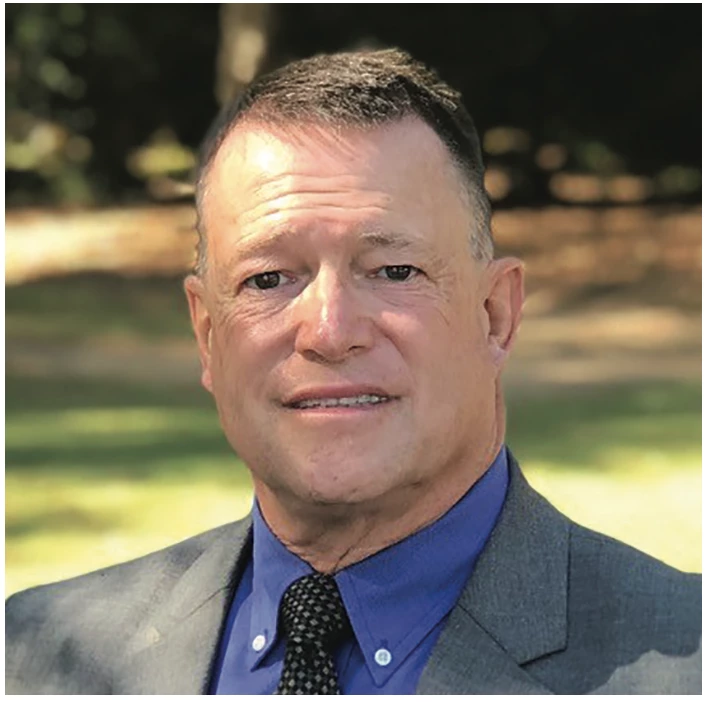
During the pandemic, our EP lab suffered the loss of a dear friend and colleague, Joe Sykora, who was an EP RN in our lab for 4 years. He brought to our lab an extensive amount of EP experience and knowledge after having worked many years in other EP labs around the state. His entire life was dedicated to service, having worked previously in public safety as a policeman, firefighter, and emergency medical technician. He had the biggest heart and warmest personality, and always provided the highest quality care for his patients. His compassion and care for his patients, dedication and commitment to his work, and devotion to his family will always be remembered.
Approximately how many catheter ablations, device implants, lead extractions, and LAA closures are performed each week?
We typically perform approximately 15-20 ablations, 15-20 device implants, and 5 LAA closures per week. We typically perform 4-6 lead extraction procedures per month.
What percentage of device implants are for magnetic resonance imaging (MRI) conditional pacemakers or ICDs? What percentage of implants are for subcutaneous or leadless devices?
Currently, 100% of the devices and leads that we implant are MRI conditional systems. Approximately 10% of ICD implants are subcutaneous, and approximately 10% of our pacemaker implants are leadless.
Who manages your EP lab?
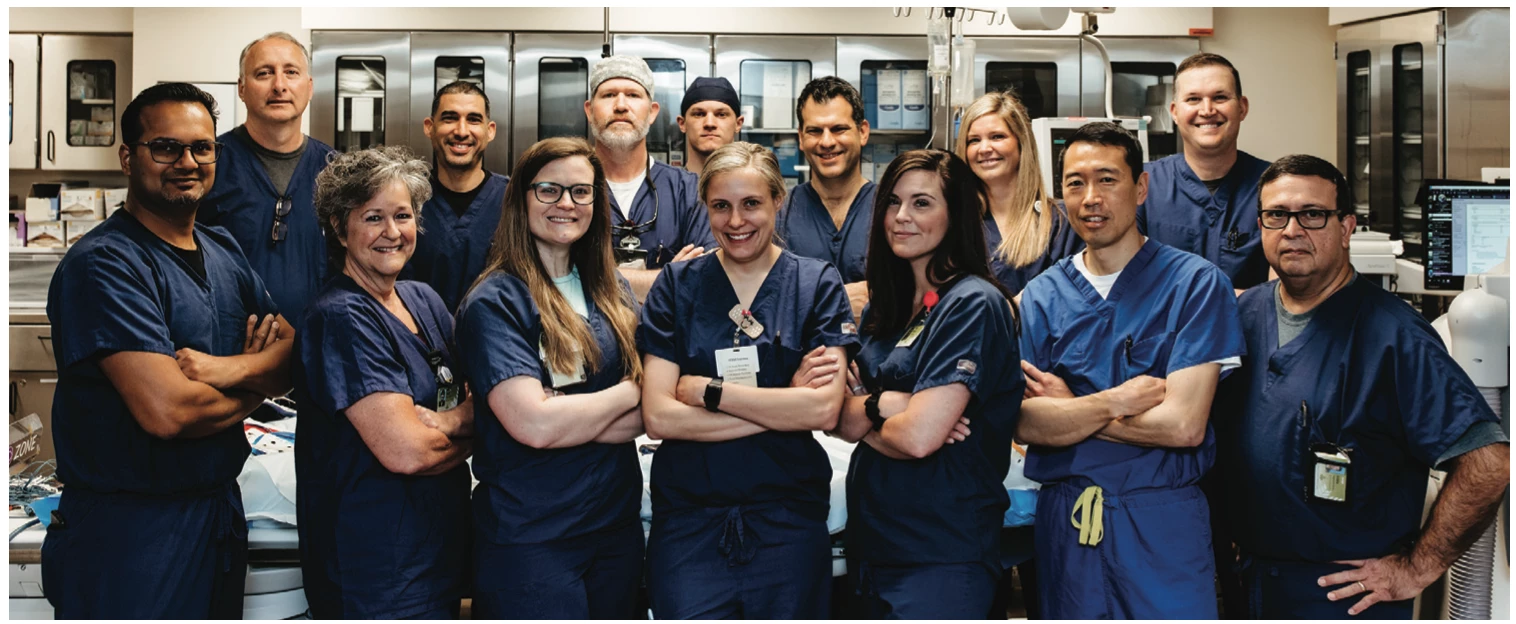
Our manager, Matt McKinney, CRT, oversees both the EP and cath labs, and EP supervisor Erin Brooks, BSN, RN, functions as operational leader.
Erin’s role has been instrumental in running an extremely busy and efficient EP lab. Due to her strengths in organization and communication, she has command and control of the schedule and coordinates staffing and coverage among all service lines. She is also involved with maintaining inventory and purchasing products, improving quality control, and ensuring team morale.
Are employees cross-trained?
A few of our staff members are cross trained, particularly at our Braselton location.
What type of hospital is NGHS?
NGHS is a community-based tertiary care hospital system that serves the Northeast Georgia region. We have a growing graduate medical education program, and have been actively involved in teaching and training of residents and fellows.
Has your EP lab recently expanded in size, or will it soon?
In March 2022, NGHS broke ground on a new patient tower that will be open to patients in early 2025. When the new tower is complete, there will be 3 state-of-the-art EP labs and 1 hybrid room.
What types of EP equipment are most commonly used in the lab? What imaging technology do you utilize?
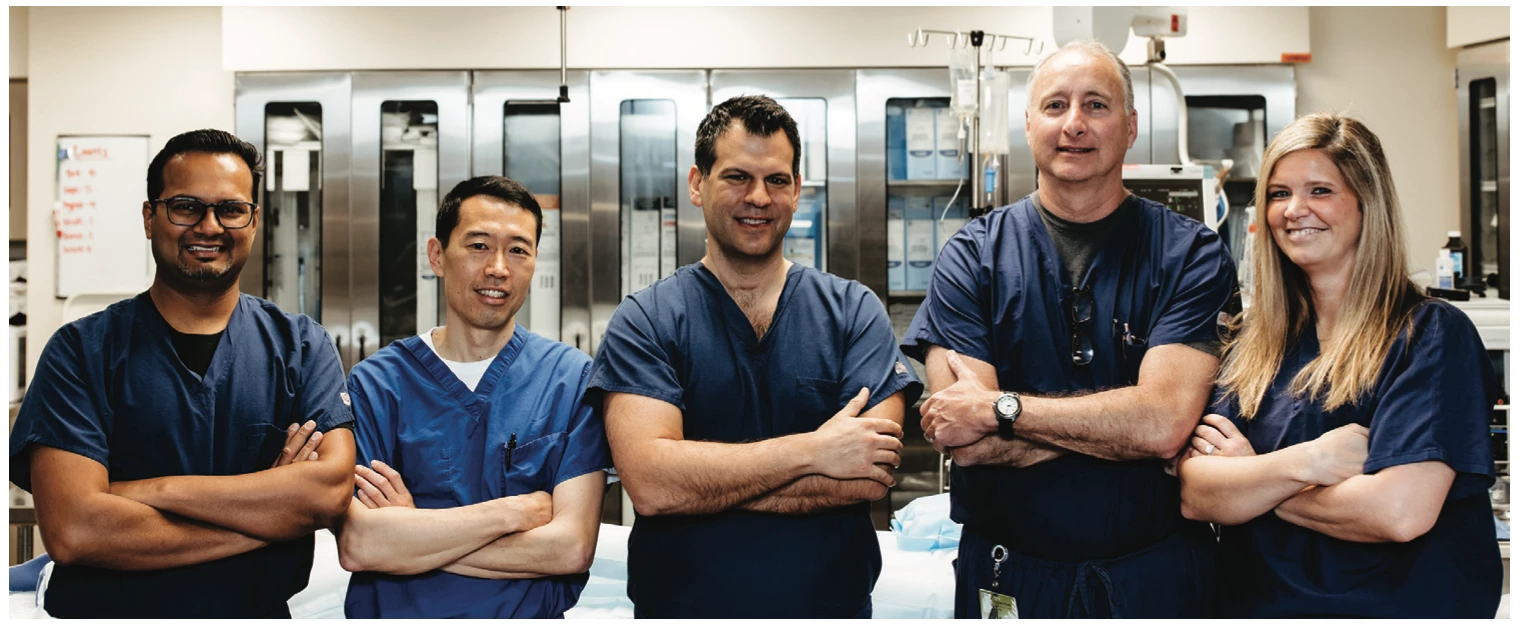
We have the CardioLab recording system (GE Healthcare) in all our labs, with both the Bloom (Fischer Medical) and Micropace EP stimulators. We use Carto (Biosense Webster, Inc, a Johnson & Johnson company) as our three-dimensional (3D) mapping system and diagnostic EP catheters from Abbott and Biosense Webster. We use intracardiac echocardiography (ICE) with CartoSound (Biosense Webster) mapping for complex ablations. We implant cardiac devices from Abbott, Biotronik, Boston Scientific, and Medtronic.
How do you manage vessel closure?
We have been using figure-of-8 sutures and the Perclose (Abbott) closure device for our EP procedures. Both have been instrumental in allowing early discharge after ablation procedures with a low risk of hematoma and bleeding.
How is shift coverage managed? How does your lab handle call?
To provide full coverage for our EP labs, our shifts are from 7:30 AM to 5 PM, with 8 shifts per day. We also have late-stay shifts that go until the last case of the day is complete. We do not take EP call.
How is inventory managed at your EP lab? Who handles the purchasing of equipment/supplies?
EP supervisor Erin Brooks, BSN, RN, reviews inventory and purchases all supplies for the labs.
What type of quality control and assurance measures are practiced in your EP lab?
We have a team huddle every morning among staff members to address quality issues, as well as EP morbidity and mortality conferences to review complications.
In what ways have you cut or contained costs in the lab and device clinic?
One of the ways we have cut lab costs has been through the standardization of supplies. We negotiated contracts with our device vendors to cut device costs for our patients. We are constantly evaluating cheaper options for diagnostic catheters and sheaths, and are trialing new options all the time. Due to our heavy use of Carto, we have premium discounts on Biosense Webster catheters.
What changes have you made to improve lab efficiency and workflow? How do you ensure timely case starts and patient turnover?
We have improved on-time starts and patient turnover. We make every effort to begin our first case on time. We have coordinated with our prep staff to streamline every step, starting from the moment the patient arrives in the prep/recovery area. Staff come early to prep the room and see the patient in the holding area. Physicians (anesthesia and EP) arrive at 7:00 AM to evaluate the patient in the holding area prior to arrival in the EP lab. Patients are on the table by 7:30 AM.
We have also improved the time it takes to turn over a room between each procedure. Our room turnover times are quick, averaging 10-20 minutes. Strategies for vascular closure have shortened turnover times as well.
How are new employees oriented and trained at your facility?
New staff members go through 3 months of basic orientation. They are then oriented to monitor simple ablations before advancing to more complex cases.
What types of continuing education opportunities are provided to staff? How many of your staff members attend medical conferences each year?
Our physicians lead the education of our staff members. We based our education on the registered cardiac EP specialist (RCES) outline. Additionally, our physicians have purchased books for staff to study. Due to COVID-19, we haven’t traveled to the Heart Rhythm Society conference since 2019. Before the pandemic, we typically sent 2-4 staff members.
Have members of your staff taken the RCES registry exam?
Two of our 12 staff members have taken the RCES exam, and there are currently others studying for it.
How do you handle vendor visits to the EP department?
Vendors are made aware of their procedures the day prior. They are asked to not be present in the lab unless their cases are on the table.
Describe a particularly memorable case from your EP lab and how it was addressed.
We had a Watchman device (Boston Scientific) case that was particularly memorable. Dr Sayar, one of our former electrophysiologists, performed the procedure. The patient had 2 large and separate LAA lobes. Initial attempts to place a 31-mm device at the ostium were unsuccessful. Therefore, Dr Sayar proceeded to place two 21-mm Watchman FLX devices into the anterior and posterior lobes via 2 separate transseptal sheaths. The result was successful occlusion of both lobes of the LAA with no leak and no complications. We named the procedure “the kissing Watchman.”
What is your primary approach for LAA occlusion?
Our primary approach for LAA occlusion is the Watchman device.
Approximately what percentage of ablation procedures are done with cryo vs radiofrequency, and why?
This depends on physician preference. Currently, 3 of our physicians use radiofrequency and 2 are using cryo for AF ablations. For all other ablations, we currently use radiofrequency.
What approaches has your lab taken to reduce fluoroscopy time? What percentage of cases are done without fluoroscopy? What types of radiation protective shielding and technology are used?
We use low-dose settings for all our EP procedures using fluoroscopy. We use the Zero-Gravity (Biotronik) body shield in each of our EP labs. We also have movable lead shields to protect our anesthesia colleagues and support staff. One of our EP physicians, Dr David Weisman, performs all his EP studies and ablations without fluoroscopy.
Please tell our readers what you consider special about your EP lab and staff.
The quality and cohesiveness of our EP staff are what makes our EP lab special. We are fortunate to have a team of dedicated and hardworking individuals with trust and respect for one another. We have had the benefit of high retention rates with low turnover, which has resulted in a highly experienced team that is capable of handling every possible scenario in the EP lab. The foundation of any successful EP program starts with great lab staff, and at NGHS, we are lucky to have a top-notch group that delivers high-quality, cutting-edge EP therapies to our patients.
For more information, please visit: